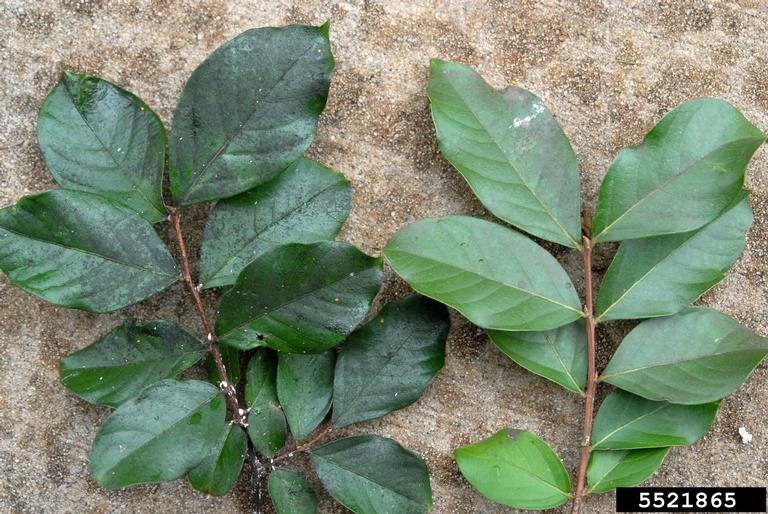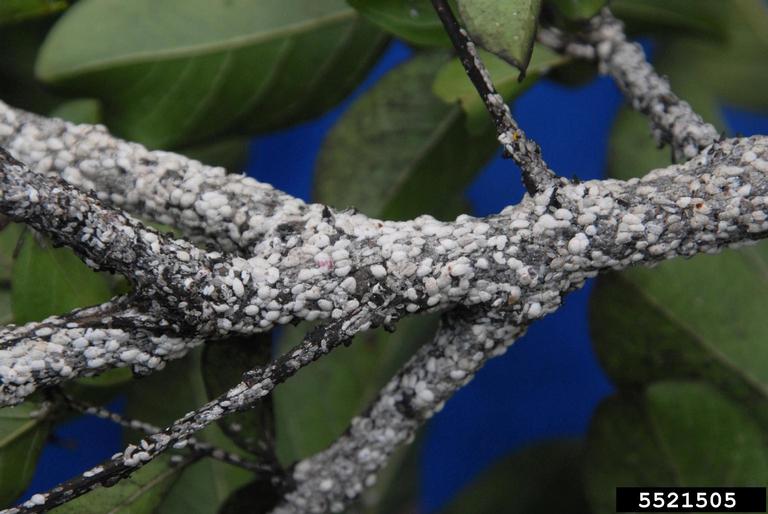Little bug turning crape myrtles into ugly lawn blemish
Published 9:47 am Monday, June 7, 2021

Crape myrtles are a common sight to Mississippians. From its colorful flower clusters to spectacular trunk colors, crape myrtles are a favorite in many landscapes.
Despite the hardiness of these plants, crape myrtles are susceptible to an insect pest that can, in extreme conditions, severely stunt its growth.
Crape myrtle bark scale (CMBS) can make once easy-to-care for trees into high-maintenance plants that make landscapes look unsightly.
How to Identify
According to the Mississippi State University (MSU) Extension Service, severe CMBS infestations are easy to spot because of heavy accumulations of black, sooty mold on the leaves, limbs and trunk. Lighter infestations may be more difficult to spot because aphids, a different insect pest, can produce the same kind of black, sooty mold.
“If a homeowner suspects they have a tree with CMBS, they should look for white, felt-covered scales on the branches and trunk,” said Mississippi Forestry Commission (MFC) state forester Russell Bozeman. “These scales are the insect pest. Puncturing these scales will produce a pinkish ooze.”
CMBS was first discovered in Mississippi in 2015. With few natural enemies in Mississippi, CMBS has built to unusually large numbers on infested plants.
Methods of Control
Control of CMBS is broken into four categories: exclusion, plant selection, plant destruction and insecticide treatment.
The simplest way to control CMBS is to avoid buying infected plants. Since light infestations are difficult to detect, a thorough examination of each tree should be made before purchasing.
Varying the selection of plants in a landscape can also help control CMBS. This will help reduce the risk of dealing with heavy CMBS infestations on a large scale.
Plant destruction is the most drastic control method, but can be the most appropriate in certain situations. If there is a small number of infested plants or if a homeowner is unwilling to commit to the ongoing battle against CMBS, then destroying infected trees may be the best option available.
Soil-applied systemic insecticide treatments are the most effective treatments for CMBS, and the easiest to apply. As the name suggests, these insecticides are applied to the soil around the base of the tree and is absorbed by the roots. Because of this, these particular insecticides should be applied during the growing season (March – May in Mississippi) and as soon as possible after an infestation is discovered.
“While crape myrtle bark scale will not completely kill your trees, it can make your landscape look rather unpleasant,” Bozeman said. “Take the time each spring to thoroughly check your crape myrtles and, if infected, begin treatment as soon as possible.”
If you suspect crape myrtle bark scale on your landscape, contact your local MFC forester.






